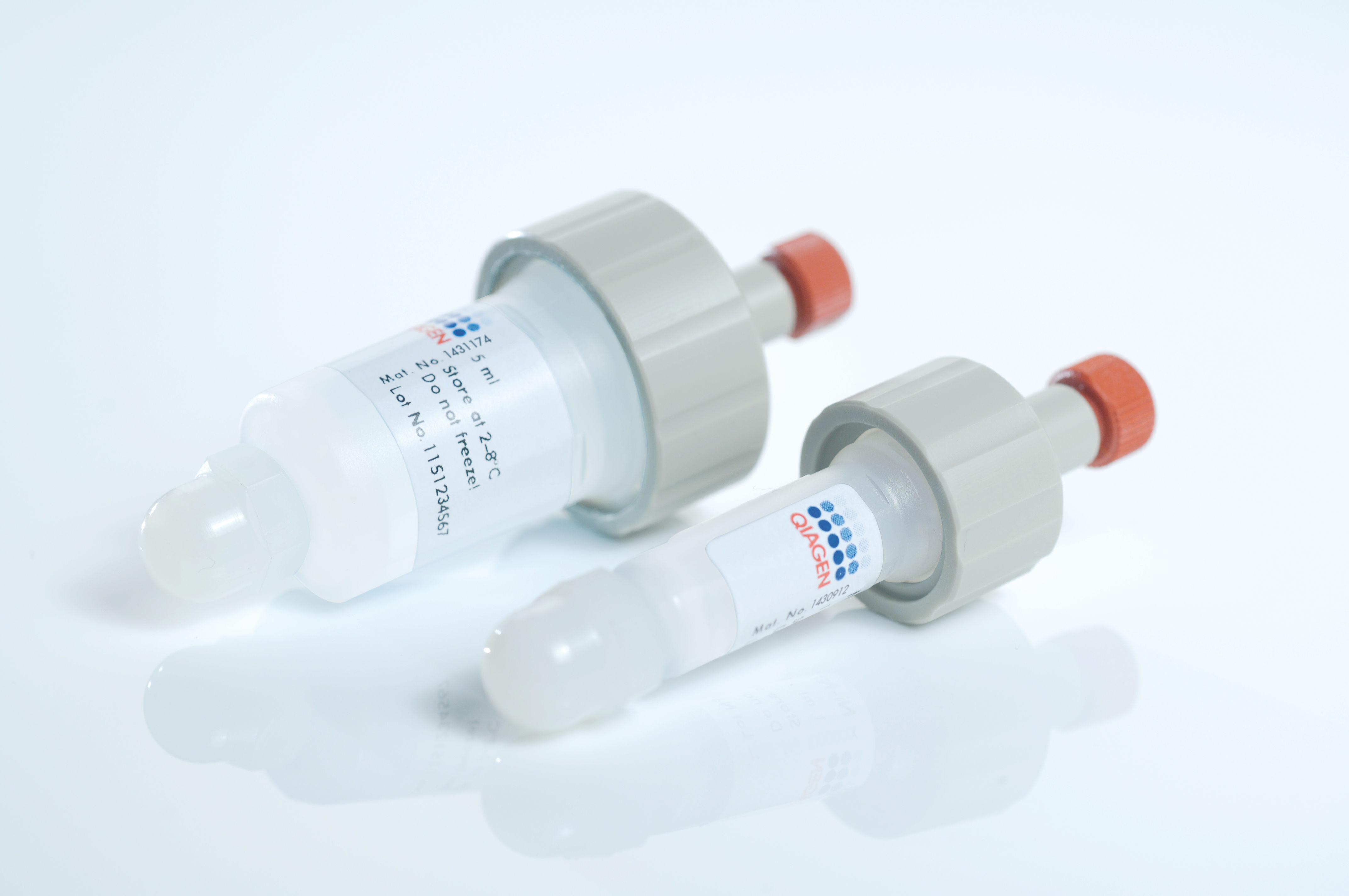
Tagged Protein Expression, Purification, Detection
Optimized system for protein expression, purification and detection
A complete, optimized system is crucial for protein tagging and successful expression, purification and detection of the tagged protein. With our QIAexpress system, you have everything at your fingertips for the expression, purification, detection, and assay of 6xHis-tagged proteins. The QIAexpress system allows you to construct expression clones, express 6xHis-tagged proteins and purify them on Ni-NTA matrices. Anti-His antibodies and conjugates enable protein detection and assays.
We also provide a system for cloning, expression, purification and detection of Strep-tagged proteins.
Products
Sort
Application
Cloning application
Detection type
Expression system
Format
Matrix
Tag
20 Products found

Ni-NTA Agarose
For purification of His-tagged proteins by gravity-flow chromatography

Ni-NTA Superflow
For purification of 6xHis-tagged proteins by FPLC

DNeasy UltraClean/NoviPure Microbial Kits
For isolation of high-quality DNA and total cellular proteins from microbial cultures, and microbial protein from all soil types

Anti·His HRP Conjugate Kits
For sensitive, direct detection of His-tagged proteins

Anti·His Antibodies, BSA-free
For sensitive detection of His-tagged proteins with an RGS·His or HHHH epitope

Strep-Tactin Superflow Plus
For batch, gravity-flow, or FPLC purification of Strep-tagged proteins

Ni-NTA HisSorb Plates
For assays using 6xHis-tagged biomolecules

Penta·His Alexa Fluor Conjugates
For sensitive, direct immunofluorescent detection of His-tagged proteins, with an emission peak at 488 and 647 nm

Ni-NTA Spin System
For fast, small-scale purification of His-tagged proteins

Ni-NTA Fast Start Kit
For purification and detection of recombinant His-tagged proteins from E. coli lysates

Ni-NTA Superflow Cartridges
For His-tagged protein purification using liquid chromatography systems

Strep-tag Antibody
For highly sensitive and specific detection of Strep-tagged proteins

N-Terminus pQE Vector Set
For high-level expression of N-terminally His-tagged proteins

QIAexpress Type IV Kit
For high-level expression and one-step purification of N-terminally His-tagged proteins

C-Terminus pQE Vector Set
For high-level expression of C-terminally 6xHis-tagged proteins

cis-Repressed pQE Kan Vector Set
For cis-repressed high-level expression of N-terminally 6xHis-tagged proteins

TAGZyme System
For expression of His-tagged proteins and removal of His tags

pQE-TriSystem Vector
For parallel expression of His-tagged proteins in E. coli, mammalian cells, and baculovirus-infected insect cells using a single construct

Ni-NTA Superflow 96 BioRobot Kit
For automated, medium-scale purification of 6xHis-tagged proteins

His-Strep pQE-TriSystem Vector Set
For parallel expression of His-Strep-tagged proteins in E. coli, insect, and mammalian cells
